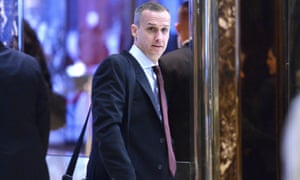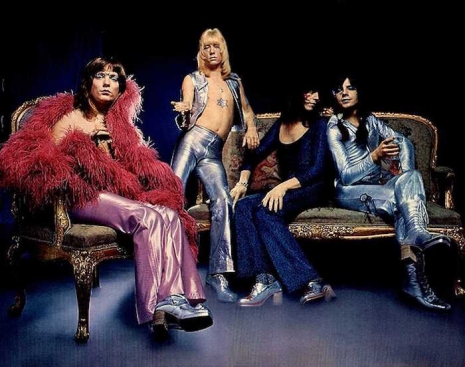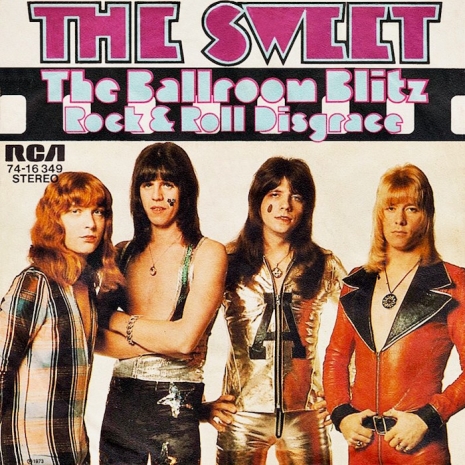Noam Chomsky, a distinguished professor of linguistics at MIT and a long-time political activist, has called for a “militant labor movement” in the United States to revitalize American politics and take on the Donald Trump administration and the rest of the corporate-owned political establishment.
In a recent Alternet interview, Noam Chomsky explains the rise of right-wing populist movements in Britain and the United States that led to Brexit and the election of Donald Trump as largely a reaction to the failures of neoliberal policies of the past several decades to improve the lives of working-class people. In fact, these policies have only served to concentrate wealth in the hands of the rich, increase inflation, and keep wages low. In this light, it’s no mystery why people are looking to new solutions.
Noam Chomsky told the interviewer that neoliberal programs “have just cast a huge number of people to the side. These programs have improved corporate profit, kept wages stagnant, and highly concentrated wealth and power. They’ve undermined democracy.”

Chomsky goes on to explain that neoliberal policies in place since the late 1970s in the United States have created a situation where the extremely wealthy are reaping huge rewards while many in the working class are struggling to get ahead. Chomsky explains support for Trump as a function of resentment by certain segments of the population for policies they see as elevating those who haven’t worked as hard as they have while doing nothing to help them increase their quality of life.
“Trump supporters are not necessarily very poor—some of them are moderately well-off, they have jobs, but then, the image that’s been used, which is not a bad one, I think, is that they are people who see themselves as standing in line trying to get ahead. That they’ve worked hard, they’ve ‘done’ their place in line, and they’re stuck there. The people ahead of them are shooting off into the stratosphere, and the people behind them, in their view, are being pushed ahead in the line by the federal government. That’s what the federal government does [in their view]—it takes people who are behind them and who haven’t worked hard enough they way they have, and pushes them ahead by some supportive programs.”
According to the Independent, Noam Chomsky had previously discussed the failure of the Democratic Party to appeal to working class voters by highlighting a need for a “militant labor movement” in the United States, which could appeal to working-class voters let down by empty calls for “hope and change” from Barack Obama and other neoliberal Democrats. Speaking before the crowd at Democracy Now’s 20th-anniversary event in December of last year, Chomsky explained that the seeds of such a movement have already been planted in the movement to elect Bernie Sanders as President in 2016.
“Suppose people like you, the Sanders movement, offered an authentic, constructive program for real hope and change, it would win these people back,” Chomsky said.
“I think many of the Trump voters could have voted for Sanders if there had been the right kind of activism and organization. and those are possibilities. It’s been done in the past under much harsher circumstances.”
Noam Chomsky is correct in recognizing that it has historically been labor movements, and not power-players in the political establishment, who have been the most successful in advancing the interests of the American working-class.

According to Worker’s Compass, the labor movement in the early 1950’s did not have a serious ally in Democratic President Harry Truman. Worker solidarity at the time played a large role in advancing the cause of worker’s rights, often in spite of efforts by Truman and the Democrats to counter the labor movement’s goals.
“In 1950 Democrat President Truman tried to smash a strike of 100,000 miners by invoking the Taft-Hartley Act (legislation that greatly restricted strikes),” the article says. “In protest, 270,000 additional miners joined the strike. Soon the mine owners backed down, and the miners won a substantial wage increase.”
Truman, who initially tried to veto the Taft-Hartley Act, nevertheless invoked the law a total of 61 times during his administration, and in 1951, President Truman raised taxes on working people by 12 percent while raising taxes on millionaires by only one percent. This type of duplicitous, anti-worker action continues to haunt the Democratic Party today, whose neoliberal Presidents Clinton and Obama don’t seem very much different from Ronald Reagan in terms of attitudes toward policies to strengthen the working poor and the middle class.
A militant labor movement in the United States, as Noam Chomsky advocates, could go a long way in challenging the pro-corporate neoliberalism that has dominated both parties in American government since the Reagan administration.








































